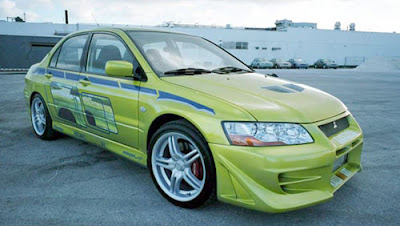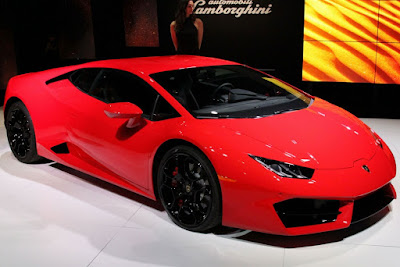The 2015 Porsche Macan SUV is so much Porsche, but not so much SUV. Porsche Style VP Michael Mauer told us not to think of the Macan as so much a baby brother to the Cayenne SUV, but as a "big brother to the 911." Immutable truth, that
Spirited by Porsche off of the Audi Q5 SUV, which it in no way resembles, the Macan comes off more as a luxury 5-door super-hatchback with all-wheel drive. It arrives in the U.S. this May, in two forms: the $50,895 Macan S and the $73,295 Macan Turbo. Those names can be a bit misleading because both Macan variations are powered by twin-turbocharged V6 engines
Twin-turbo Engines, Double-clutch Gearboxes
We'll lead with those two engines because if you're talking Porsche, you're a knucklehead if you don't start with the engines. Macan S models employ a 3.0-liter V6 rolling out 340 horsepower and Kansas-flat line of 339 lb-ft of torque from 1,450 rpm all the way up to 5,000. The real performance, however, comes from the Macan Turbo's 400-horsepower 3.6-liter. That twin-turbo V6 has an answer for everything. From 406 lb-ft of low-end thrust that starts at 1,350 rpm and pretty much keeps the heat on right up to its 6,700-rpm redline
Standard on both Macan models, Porsche's 7-speed PDK double-clutch automatic transmission turns in a hall-of-fame performance of near-instant, seamless up and down shifting. The transmission has to work a little harder to keep the 3.0-liter Macan S in full fly mode, while closer to an ideal setup with the PDK, the 3.6-liter needs no help and wastes no time in getting the Macan Turbo from zero to 60 mph in well under five seconds. The PDK also includes a "Sport" button on the center console that ups both the redline and the shift points, adds more snap to the shifts, and even puts more growl into the Macan's exhaust note. U.S. fuel-economy numbers are yet to be determined
A Track Natural
Fitted with electronically controlled all-wheel drive and 19-inch wheels, the Macan takes to the track like a natural, although a natural heavyweight: well over 4,000 pounds. The all-wheel-drive starts out heavily rear-biased, but can send torque instantly and as needed to the front or rear wheels to help ensure control and grip. Despite the Macan's tendency to drift a bit, there are very few cars -- are far fewer SUVs -- that can waltz so cleanly into high-speed corners without even a hint of unpredictability
On the open road, the Macan keeps luxury-car quiet. The standard suspension setup is sporty without getting in the way, while the Porsche Active Suspension Management system (PASM) -- standard on the Macan Turbo, optional on the S -- lets you further tighten up both the suspension and the already-responsive electric steering for even sharper handling. Optional on both Macan models is an air suspension that ups the comfort and sport levels even further, and can push the SUV's 7.8-inch ground clearance to over nine inches
No Macadam Needed for Macan
Pressing the "Off-Road" button -- also on the center console, also standard on every Macan -- sets the vehicle up for work beyond the pavement. In Off-Road mode, the Macan's drive-system elements like the transmission shift points, the all-wheel-drive torque distribution, and the throttle response are all geared to find and maintain optimal traction. While it doesn't wade as deep or scramble as high as the Cayenne, the Macan is still capable of venturing beyond the city lights
Every Porsche Macan interior, from the Turbo's leather-and-brushed-aluminum down to the base S's piano black trim and suede-ish Alcantara seat inserts, pays attention to you. The front seats greedily engulf you. Big Porsche gauges let you know the scores. And the multifunction sport steering wheel -- a nod to Porsche's new 918 Spyder supercar -- feels sports-car ready. Technically a 4-seater, I'd hate to be occupants #3 and #4 -- headroom is endless, but the Macan's second row is legroom stingy
The Great Indoors
From the front seats, the view out the windshield is IMAX 3D wide, and it's very easy to see what's happening in traffic beside and behind you. The space under the rear hatch is good, but what's really impressive is the gaping mouth of the rear hatch opening. Beneath that hatch, the flat, 17.7-cubic-foot cargo floor can be expanded to 53 cubic feet by dropping the 40/20/40 split/folding 2nd-row seat. That cargo space, by the way, is not impressive compared to Porsche's stated SUV competitors like the BMW X3 and Mercedes-Benz GLK
If you need a Porsche SUV, the Cayenne is still you best bet. But if you crave a sportier Porsche personality, but sometimes need to haul volumes on surfaces not suited to a 911 or a Cayman, put your money on a 2015 Porsche Macan




















































